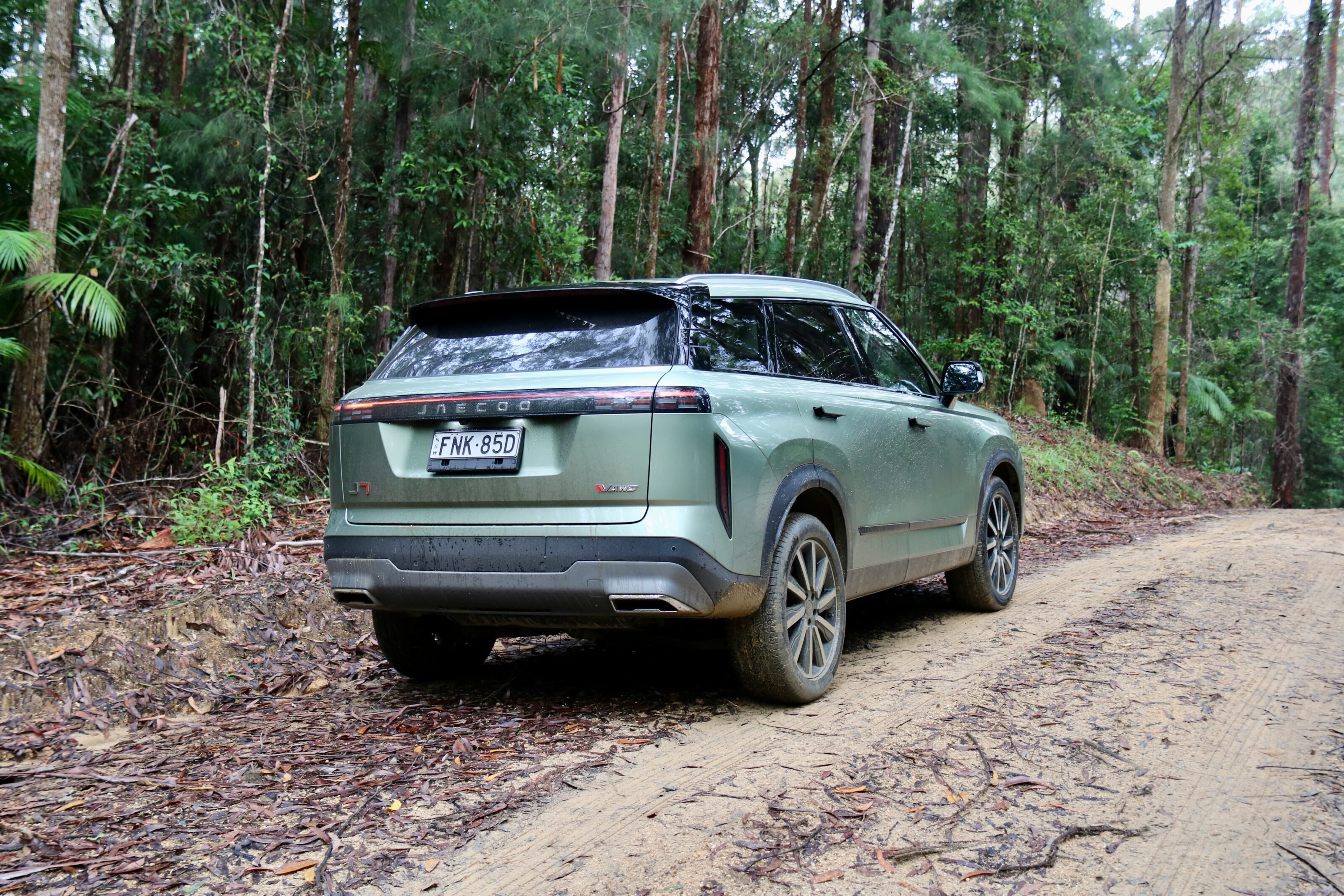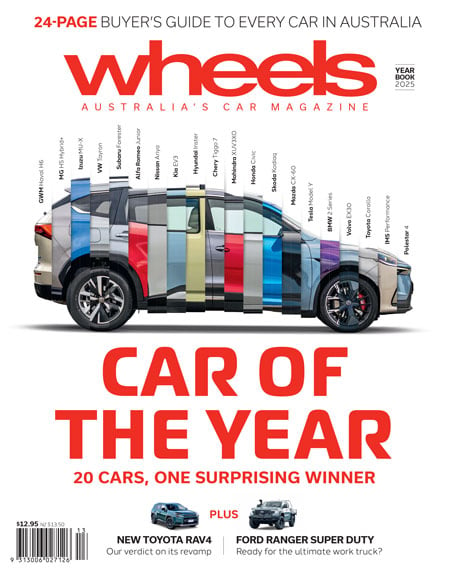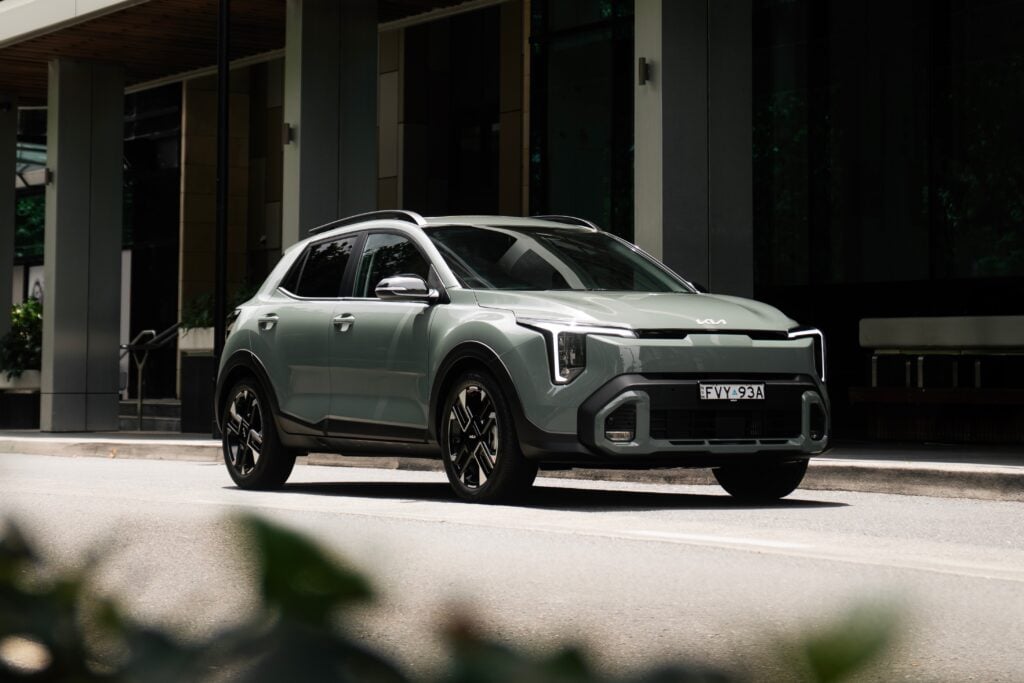
- Price: $42,990 drive away
- Engine: 1598cc 4-cyl turbo DOHC petrol, 137kW/275Nm
- Transmission: 7-speed dual-clutch automatic, AWD
- Fuel consumption (claimed/on test): 7.8L/100km / 7.7L/100km
- L/W/H/WB: 4500/1865/1680/2672mm
- Tare weight: 1628kg
- Boot: 340L (rear seats up to parcel shelf)/1265L (rear seats folded, to roof)
- 0-100km/h: 9.5 seconds (est)
| Rating |
|---|
Things we like
- Distinctive and characterful design
- Value pricing, loaded with kit
- Surprisingly capable off-road
Not so much
- Not a true mid-size SUV, cozy rear seat and boot
- Cumbersome touchscreen, few physical buttons
- Inconsistent cruise control

While some car enthusiasts may disagree, the Australian new car market is at a fascinating crosssroads at the moment with a seemingly endless list of mostly Chinese brands launching onto our shores.
Chery was one of the better known names when it relaunched here in 2023 and now it’s launched another brand of its own: Jaecoo. Its first cab off its rank, the J7 small-to-mid-sized SUV, is right with the times and available with both petrol and plug-in hybrid drivetrains.
Jaecoo is Chery’s more premium arm, much like Audi is to the Volkswagen Group, and like the German giant uses mechanicals from its parent: in this case, the J7 uses its platform and drivetrain from the Chery Tiggo 7 Pro. Of course, Jaecoo isn’t positioned to be an Audi rival but it does sit above Chery. Priced from just $34,990 drive away – $5,000 more than the Tiggo 7 Pro – the J7 offers strong value for money across the range, and here we’re testing the all-wheel drive Ridge.
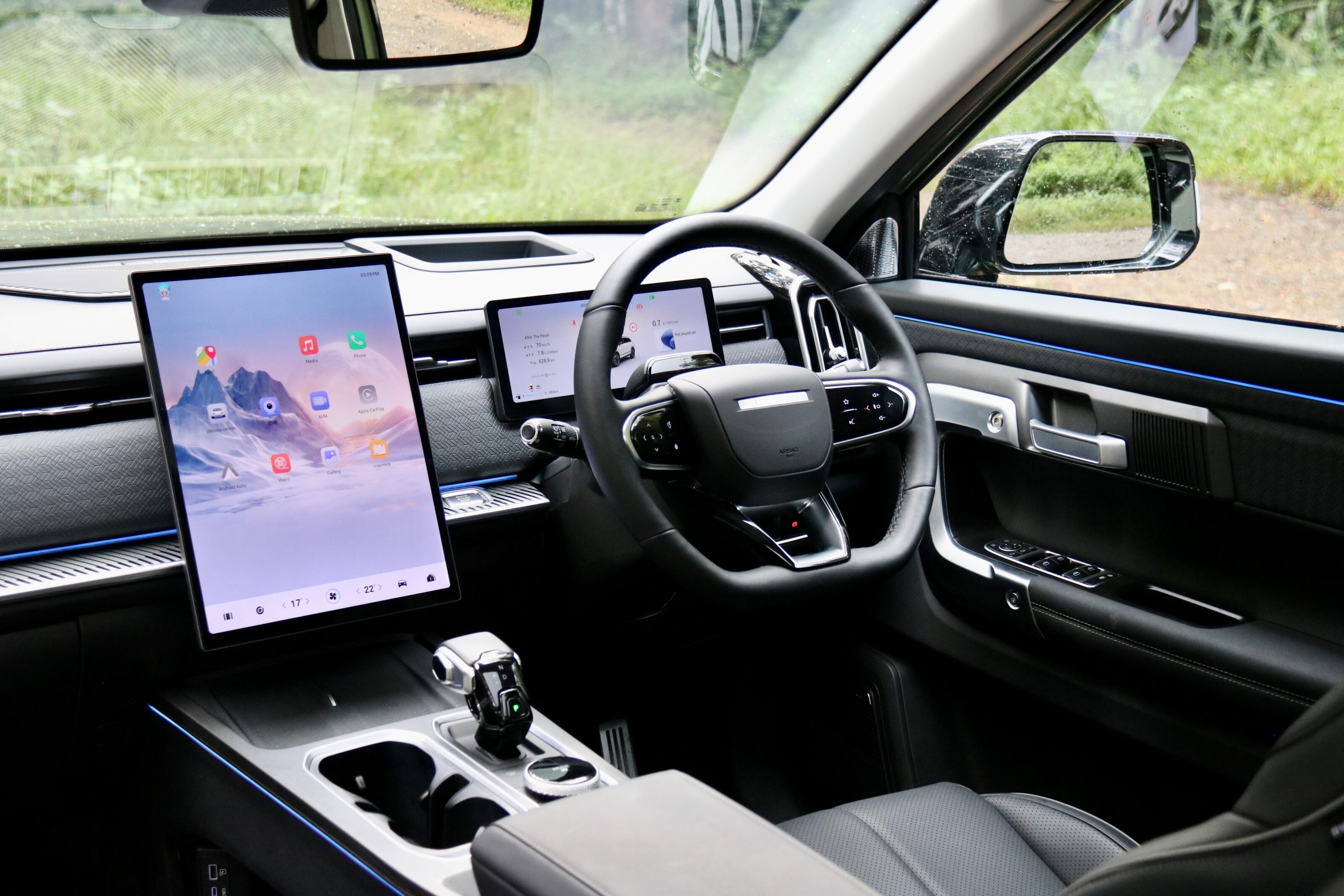
Price and equipment
The Jaecoo J7 is available in four versions in Australia:
| Core 2WD | $34,990 |
|---|---|
| Track 2WD | $37,990 |
| Ridge AWD | $42,990 |
| Summit PHEV 2WD | $47,990 |

The Jaecoo J7 Ridge AWD is equipped with:
- 19-inch alloy wheels
- Dusk-sensing automatic LED exterior lighting
- Rain-sensing automatic wipers
- Roof rails
- Rear privacy glass
- Keyless entry with push button start and remote start
- Heated and auto-folding mirrors that drop in reverse
- Panoramic sunroofs
- Power tailgate
- 10.25-inch digital driver’s display
- 14.8-inch touchscreen
- Wired/wireless Apple CarPlay and Android Auto
- Satelite navigation
- 8-speaker Sony sound system
- Synthetic leather upholstery
- Heated, ventilated and electrically adjustable front seats with driver’s memory
- Dual-zone automatic climate control with a rear air vent
- Heated synthetic leather steering wheel with paddle shifters
- 4x USB ports
- Wireless phone charger
- Head-up display
- Multiple off-road and driving modes
- Configurable ambient lighting
- Inbuilt dashcam
J7 Ridge AWD safety features:
- 8 airbags (including a front centre unit)
- Autonomous emergency braking (AEB)
- Lane keeping assistance with adaptive lane guidance
- Adaptive cruise control with traffic jam assist
- Intelligent speed limit assist
- Driver attention monitoring
- Safe exit warning with safe exit assist
- Auto high beam
- Blind-spot monitoring with a camera feed when indicating (with braking)
- Rear cross-traffic alert (with braking)
- 360-degree camera
- Front and rear parking sensors
The Jaecoo J7 was recently awarded a five-star safety rating by ANCAP, with scores of 81 percent in adult protection, 85 percent in child protection, 80 percent in road user protection and 84 percent in safety assistance.

Performance and economy
The J7 uses the same 1.6-litre turbocharged four-cylinder petrol engine as its Chery Tiggo 7 Pro
cousin, making 137kW of power (at 5500rpm) and 275Nm of torque (between 2000rpm and
4000rpm). That’s mated to a seven-speed dual-clutch transmission and either front-wheel drive, or
in the case of this Ridge model, a reactive all-wheel drive system. A plug-in hybrid sits above.
Chery claims combined fuel consumption of 7.8L/100km with CO2 emissions of 181g/km for the
Ridge, which is an increase of 0.8L/100km and 18g/km on front-drive models. The entire J7 range
uses minimum 95RON premium unleaded fuel and the Ridge features a larger 57L fuel tank. We averaged 7.7L/100km in our 1280km with the J7, a lot of which was motorway driving (we saw as low as 6.6L/100km in that environment) but also urban commuting.
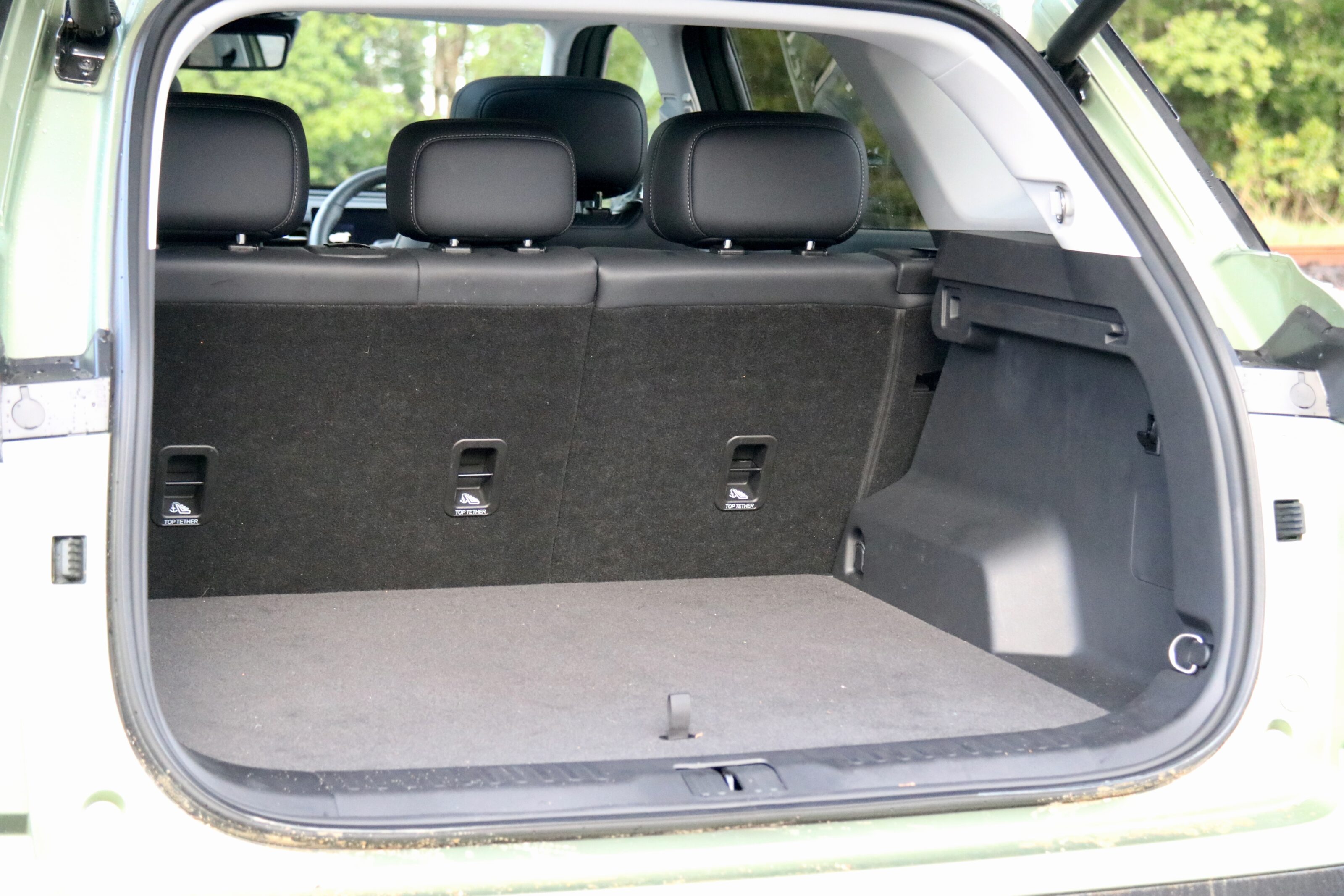
Interior comfort, practicality and boot space
On the inside of the Jaecoo J7 is an interior with very little in the way of shape: steering wheel and
drive mode selector aside, it’s a very rectangular cabin. Despite that sounding pretty unimaginative, it’s a genuinely interesting and quality place to spend time. Compared to most other Chinese vehicles, there’s an extra layer of finishing inside the J7 – higher quality materials and character in the design, such as the big and masculine door handles and crosshatched synthetic leather trim on the dashboard fascia.
It’s also a practical cabin with big door bins, a useful and effective wireless charger on the centre
console bridge – though, why not have two there? – with a big tray underneath the bridge and a
large box underneath the central armrest with a handy tissue slot.
Front seat comfort is generally sound, though like pretty much every other Chinese car we’ve
driven, there’s no under-thigh angle adjustment that would make the driving position even better.
Thankfully, there is lumbar adjustment for the driver, and while the belt line is high, visibility is
otherwise decent thanks to the largely square dimensions. The driver’s mirror wouldn’t adjust far
enough right for taller folk, however, and we thought that Chery had killed the strange fisheye
centre mirror but apparently not because it’s now in the J7.
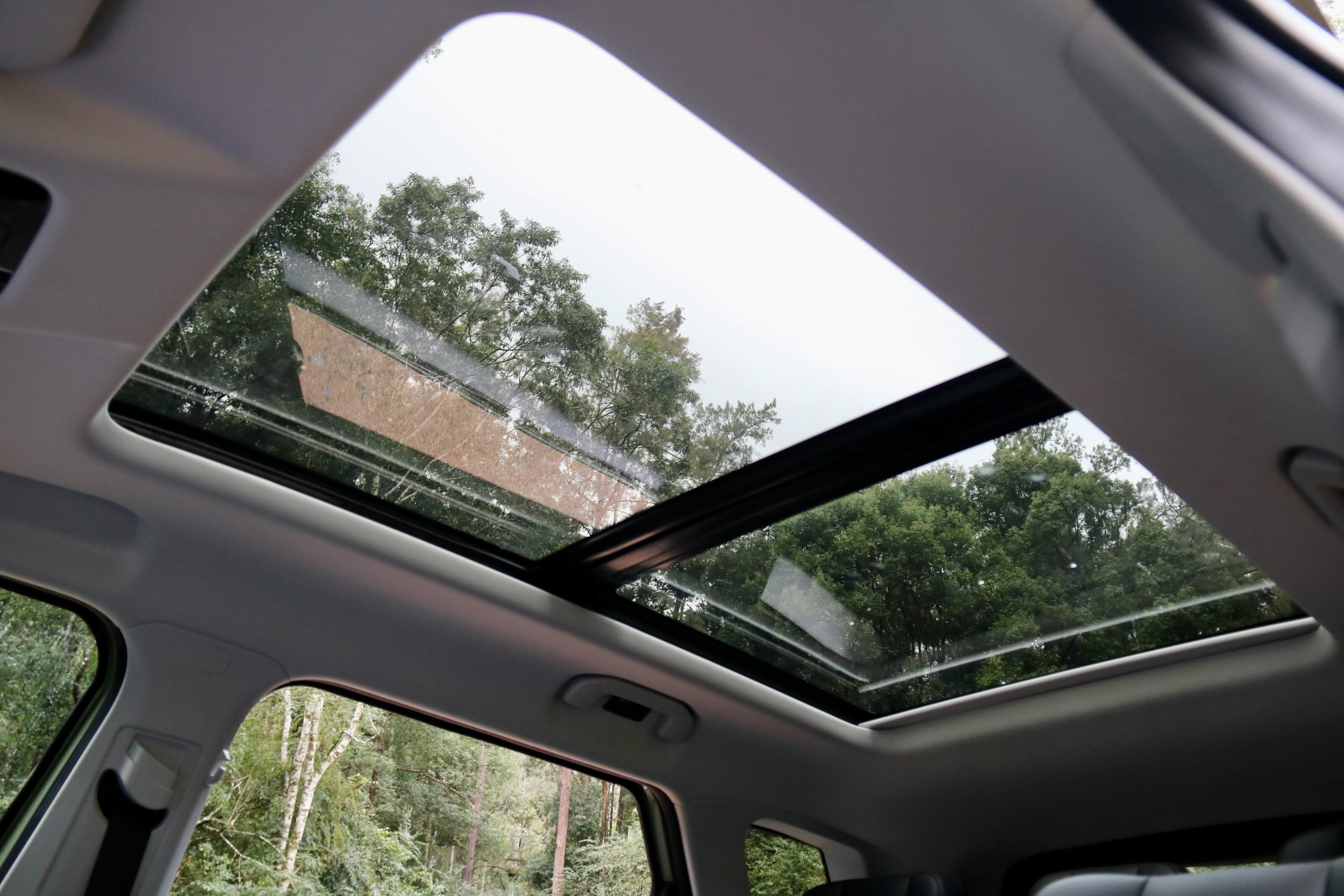
Centre of the cabin is a huge 14.8-inch touchscreen with features such as wireless smartphone
mirroring and satellite navigation. It’s quick to use and quite bright, but it needs an extra layer of
shortcuts as – for example – going from smartphone mirroring to adjust the driver assist settings
takes too many screen touches and can be distracting.
The bar at the bottom of the screen that adjusts the temperature should sit there permanently and
not disappear with CarPlay connected as that would make it a lot easier to use – as would physical
buttons, including a volume knob.
Move to the rear seat and things aren’t great for the J7. Jaecoo officially brands this as as a mid-
size SUV but in reality, it sits in the mid-way point like a Nissan Qashqai or Honda ZR-V. At
4500mm long, a proper mid-sizer like a Hyundai Tucson is a full 150mm longer and it shows in the
rear legroom and boot: they’re both tight. Two six-foot adults will fit fine in the rear seat, but
legroom will be tight – headroom will be great, however.
It’s the same story with the boot because at just 349 litres, the J7’s boot is smaller than that of a
Volkswagen Polo – the front-drive models have an 84L larger boot but also a space saver spare
wheel if you want more space. It also has a high boot lip, though its actual bootspace is flat and
square. Under the boot floor is a full-sized alloy spare wheel (bravo, Jaecoo!) and it also features a
few hooks and a quick electric tailgate.
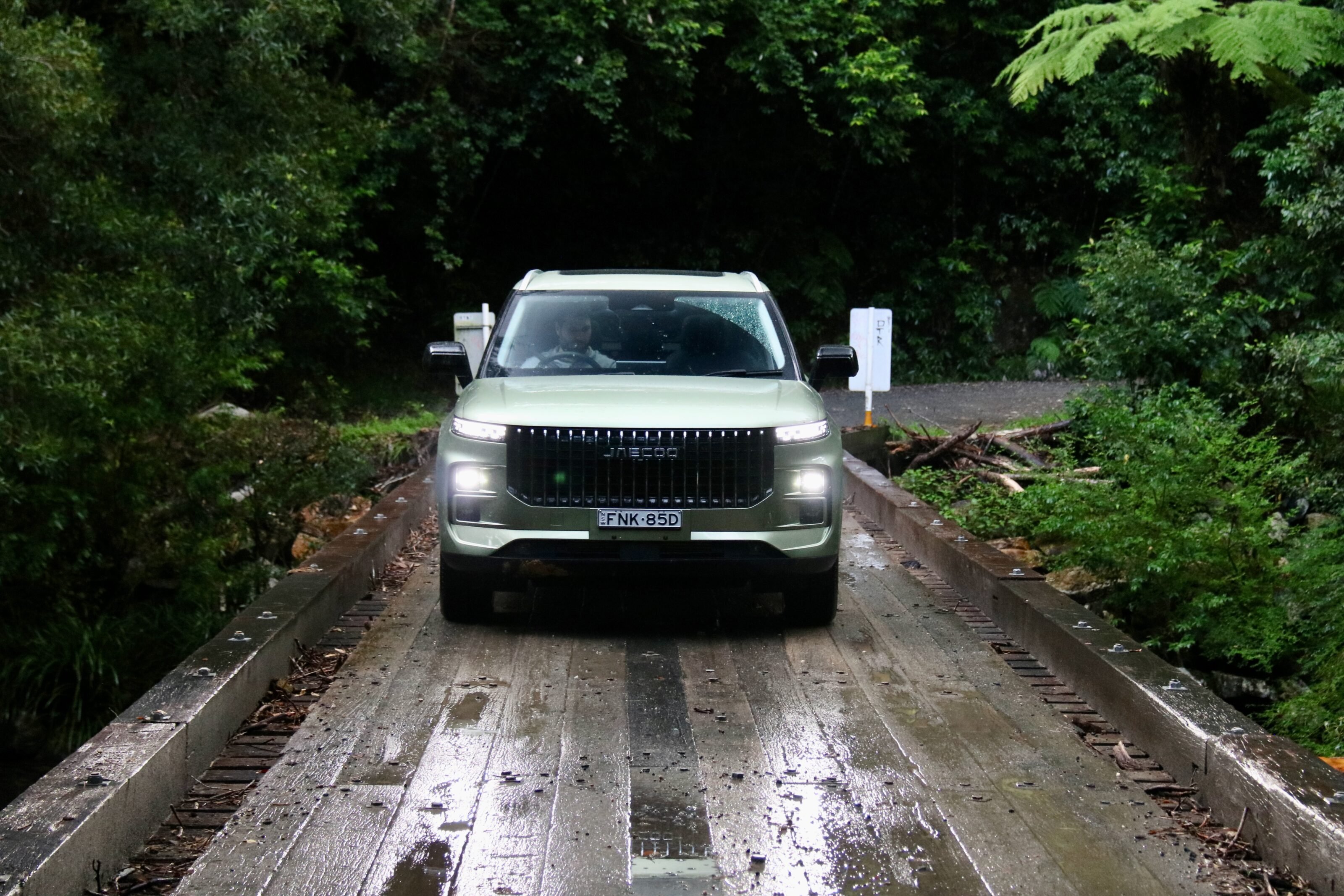
On the road
Like the Chery Tiggo 7 Pro that it shares almost everything mechanically with, the Jaecoo J7 is a
fairly solid car to drive. It likes to roll in corners – not that its maker says that it’s sporty in any way,
so that’s understood – and the steering doesn’t offer much feel, but it’s otherwise quite comfortable and refined. It found the very wet Sydney to Coffs Harbour trip we did in it easy and thanks to its good frontal visibility and great wipers, it was no chore. The engine is punchy enough and handles highways well, though the dual-clutch transmission’s low speed behaviour needs altering because it’s too hesitant.
What also needs refinement are the active safety systems as they can be sensitive and overreactive, for example on motorways when the lane keeping assistance likes to take over a bit too much. The inconsistent cruise control also proved to be annoying as it would be set to 110km/h but show anywhere from 105km/h to 116km/h with nobody else around. In speed camera-obsessed Australia, we think it should be more precise.
At the J7 AWD’s local launch earlier this year the company was keen to show off its off-road credentials. Nobody is claiming that it’s able to cross the Simpson Desert, but we would surprised at how well it handled the muddy roads we took it on in the Promised Lands near Coffs Harbour. It even helped rescue a P-plater in a Mk6 VW Golf that really shouldn’t have been out there.
The J7 features various off-road modes like mud and snow that adapt the all-wheel drive system and traction control to the terrain and they work well. There were a few tough sections that it got itself out of quite well and even though it’s front-drive most of the time and reacts to slip by engaging the rear wheels, you can feel it doing so off-road. There’s even a handy display you can use to see to see which wheel is doing what. Only the 200mm of ground clearance gave us slight concern. Of course, nobody will buy a J7 to take it off-road, but it went much further than a lot of the cars it competes with would be able to manage.
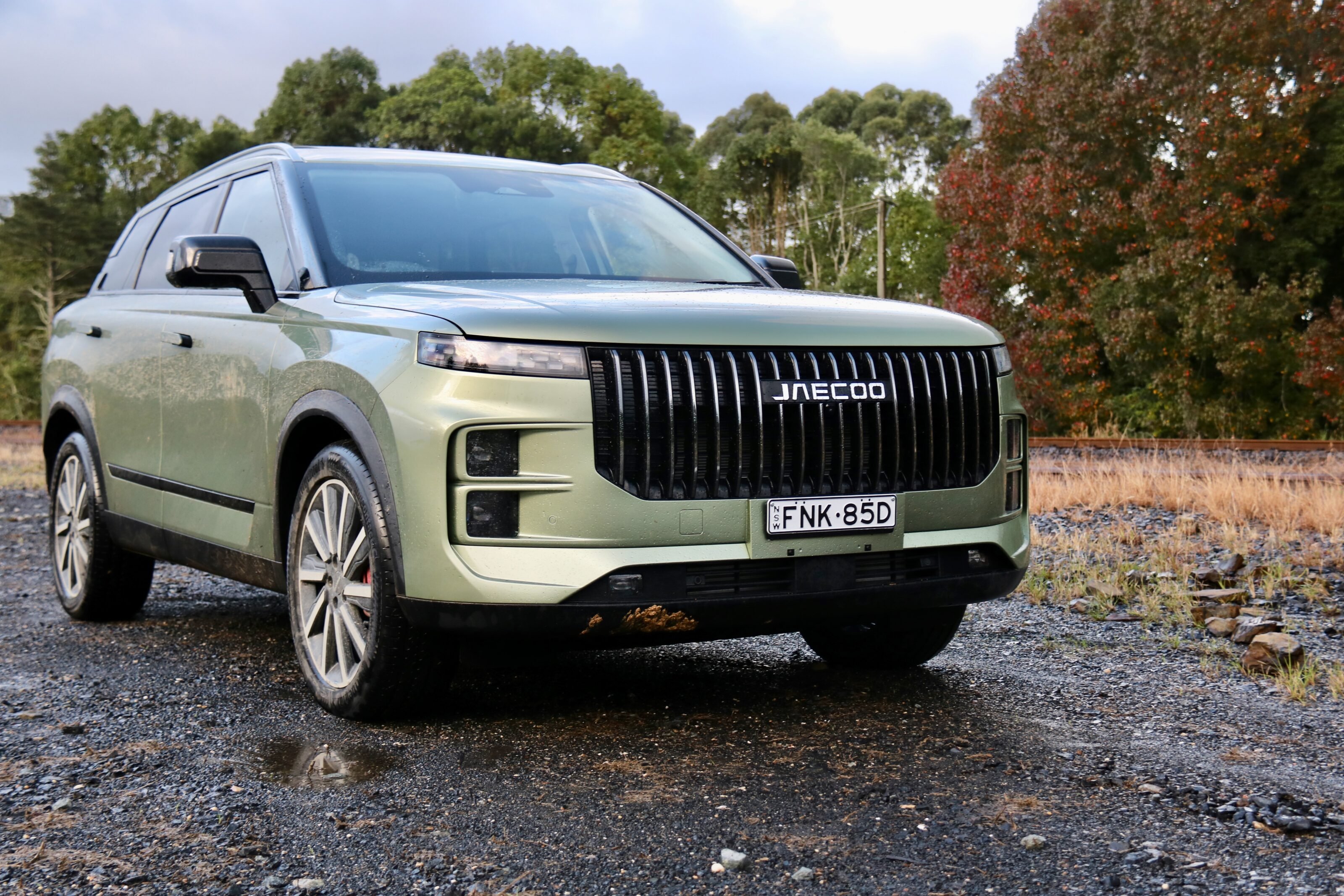
Service and warranty
The Jaecoo range is covered by an excellent eight-year/unlimited km warranty with 12 months of roadside assistance that can be extended up to eight years in total if serviced at a Jaecoo dealership.
The J7 uses annual/15,000km service intervals (whichever comes first) and the first five years/75,000km of servicing costs a reasonable $1,925 ($385 per year).
Verdict: Should I buy a 2025 Jaecoo J7 Ridge?
Overall, we were pleasantly surprised by the Jaecoo J7 Ridge in our week with it. It manages to stand out from the crowd thanks to its character and its off-road ability – the styling is smart, while the interior uses good quality materials as well. It’s also fairly loaded with standard equipment and it’s very good value for money too, topping out at a pricepoint that a mid-spec Qashqai starts at. Finally, its eight-year warranty is long and its service pricing is reasonably priced as well.
There does need to be some more refinements made to the J7 however, with its inconsistent
cruise control and overactive safety features – plus its cumbersome touchscreen software –
needing more work to be more useful and safer. The boot and rear seat are not big, and the transmission could be better at lower speeds. These issues aside, however, the J7 makes a strong first impression on its arrival and strikes Jaecoo as a brand to watch.
